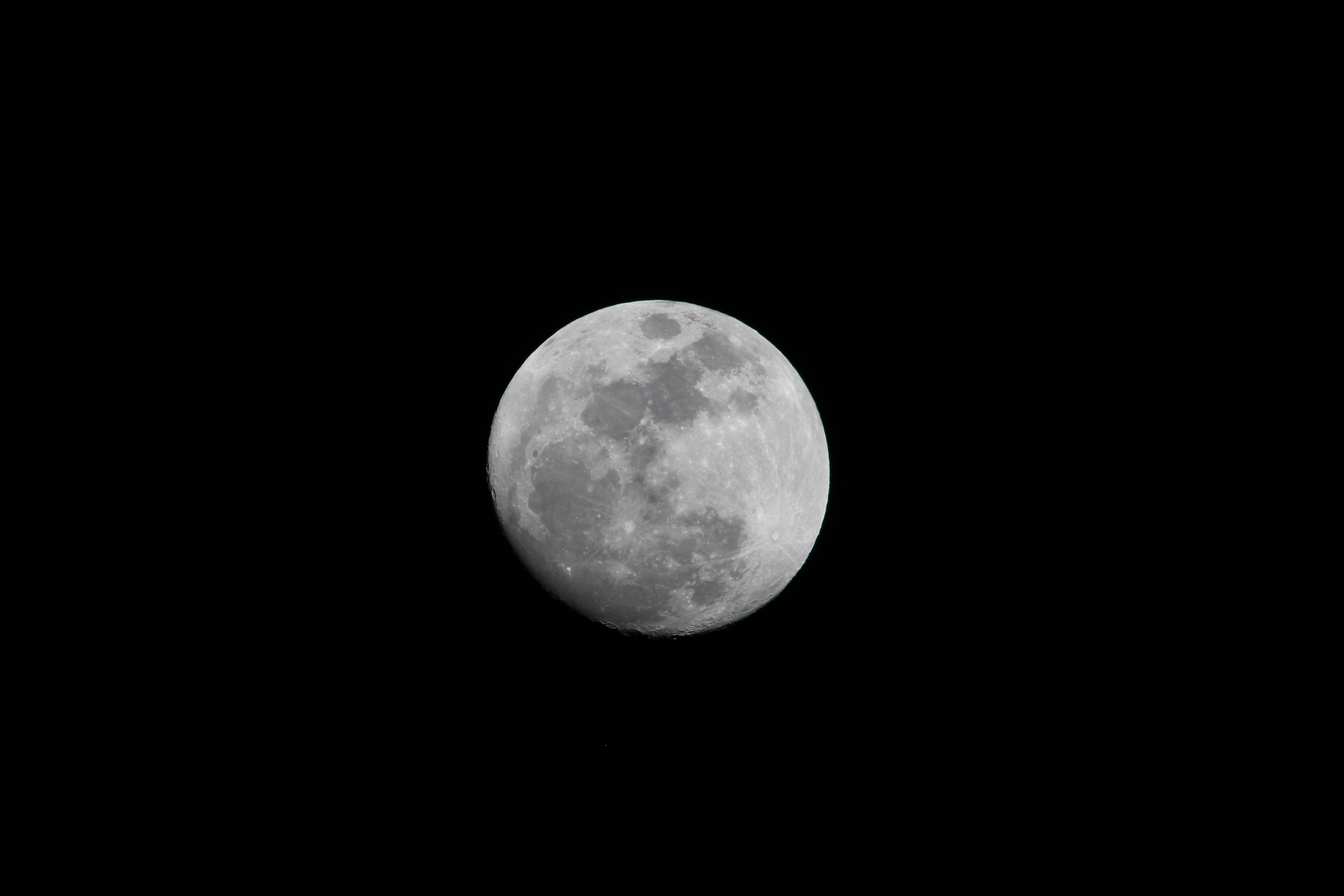- Canon Community
- Discussions & Help
- Camera
- EF & RF Lenses
- Which lens is best for astrophotography?
- Subscribe to RSS Feed
- Mark Topic as New
- Mark Topic as Read
- Float this Topic for Current User
- Bookmark
- Subscribe
- Mute
- Printer Friendly Page
Which lens is best for astrophotography?
- Mark as New
- Bookmark
- Subscribe
- Mute
- Subscribe to RSS Feed
- Permalink
- Report Inappropriate Content
10-25-2017 10:48 AM
- Mark as New
- Bookmark
- Subscribe
- Mute
- Subscribe to RSS Feed
- Permalink
- Report Inappropriate Content
10-25-2017 12:07 PM
IMHO, neither. Look at the Rokinon 16mm f/2.0 ED AS UMC CS Lens for Canon EF-S.
EOS 1D, EOS 1D MK IIn, EOS 1D MK III, EOS 1Ds MK III, EOS 1D MK IV and EOS 1DX and many lenses.
- Mark as New
- Bookmark
- Subscribe
- Mute
- Subscribe to RSS Feed
- Permalink
- Report Inappropriate Content
10-25-2017 01:27 PM
It depends on how much view you want.
Your 18-55 should be fine for wide-angle shots, but 300mm is not enough for large magnifications.
This was at 150mm and is Orion:
This was at 500 mm:
- Mark as New
- Bookmark
- Subscribe
- Mute
- Subscribe to RSS Feed
- Permalink
- Report Inappropriate Content
10-25-2017 02:10 PM
- Mark as New
- Bookmark
- Subscribe
- Mute
- Subscribe to RSS Feed
- Permalink
- Report Inappropriate Content
10-25-2017 08:21 PM
There are a few variations on “astrophotography”.
Some people are thinking of doing nighttime landscape photos with the stars in the sky (e.g. Milky Way photos, etc.) and for these you generally want a very wide-angle lens with a very low focal ratio.
And there are those (like me) who tend to photograph sections of the sky with deep-sky objects ... and might use either a longer lens or attach the camera to a telescope. But for these shots, the camera is “tracking” the sky (more accurately... the Earth spins from west to east so the camera is mounted on a special tracking head which rotates from east to west at the same speed and this cancels out the motion of the Earth. The result is that you can take long exposure images of deep sky objects with gorgeous results (and need not use a wide-angle lens).
If you do NOT have a tracking head, then you want very wide angle lenses with very low focal ratios.
For example, Robinon makes a very low-cost 14mm f/2.8 lens which is completely manual everything (manual focus, manual aperture) their optical quality is good IF you get a copy with nicely centere optics but their manufacturing consistency is poor so it’s very common to get a copy of the lens with de-centered optics. The result is that when you’ve focused as well as possible, part of the image is nicely focused, and another part of the star field is soft (out of focus). So it’s cheap but... you get what you pay for.
There are some slightly longer focal length choices that actually have lower focal ratios and when you do the math, these lenses ultimately collect more light. For example.... Canon makes a 24mm f/1.4 (an L series lens... not cheap). But even though it’s 24mm, it’s 2 full stops faster than an f/2.8 lens so it literally collects FOUR times more light per second than an f/2.8 lens. An f/2.8 lens would need to be 6mm to compete (and nobody makes a 6mm lens)
For tracking heads (these require a quality photo tripod... something solid that isn’t going to vibrate as you use it during long exposures) the two major vendors are Sky Watcher (Star Adventurer head) and iOptron (SkyTracker Pro head). The rotation axis of the head has to be aligned with Earth’s celestial pole, but the camera can be pointed in any direction. (Lots of tutorials are available on YouTube, Vimeo, etc. that demonstrate how these things work.)
5D III, 5D IV, 60Da
03/18/2025: New firmware updates are available.
EOS R5 Mark II - Version 1.0.3
02/20/2025: New firmware updates are available.
RF70-200mm F2.8 L IS USM Z - Version 1.0.6
RF24-105mm F2.8 L IS USM Z - Version 1.0.9
RF100-300mm F2.8 L IS USM - Version 1.0.8
RF50mm F1.4 L VCM - Version 1.0.2
RF24mm F1.4 L VCM - Version 1.0.3
01/27/2025: New firmware updates are available.
01/22/2024: Canon Supports Disaster Relief Efforts in California
01/14/2025: Steps to resolve still image problem when using certain SanDisk SD cards with the Canon EOS R5 Mark II
12/18/2024: New firmware updates are available.
EOS C300 Mark III - Version 1..0.9.1
EOS C500 Mark II - Version 1.1.3.1
12/13/2024: EOS Webcam Utility Pro V2.3b is now available to support Windows on ARM PC users.
11/14/2024: Windows V 2.3a installer for EOS Webcam Utility Pro is available for download
11/12/2024: EOS Webcam Utility Pro - Version 2.3 is available
09/26/2024: New firmware updates are available.
- Astrophotography lens recommendations for EOS R8 in EF & RF Lenses
- EF Lens Recommendation for Astrophotography in EF & RF Lenses
- EOS R6 MKII Electronic Manual Focus on Sigma Lens in EOS DSLR & Mirrorless Cameras
- Camera Connect App Request for Astro and Night Photography in Camera Software
- T3i Shutter Life - Astrophotography in EOS DSLR & Mirrorless Cameras
Canon U.S.A Inc. All Rights Reserved. Reproduction in whole or part without permission is prohibited.



